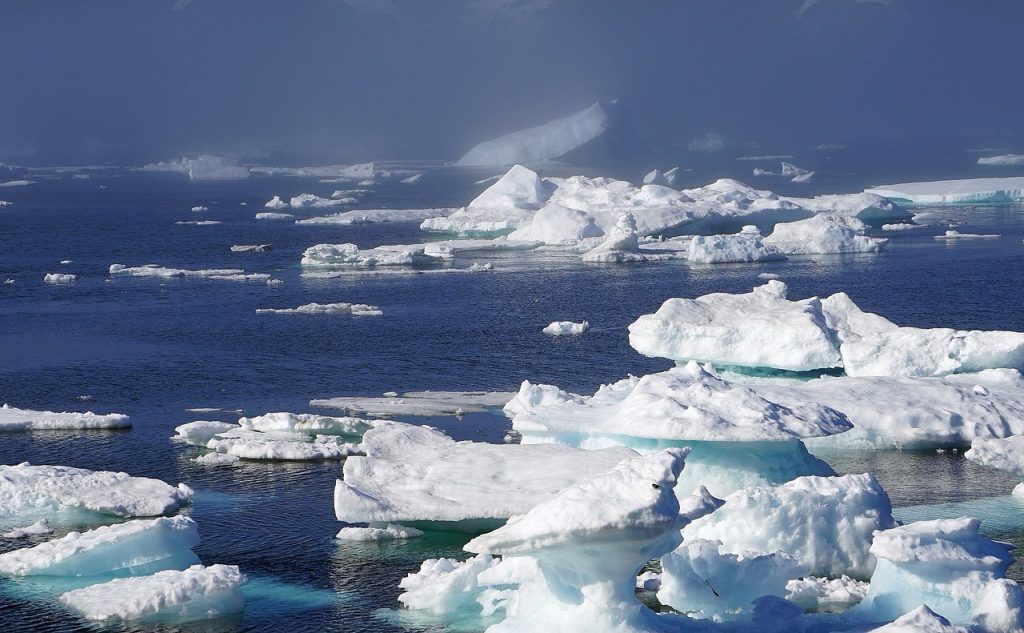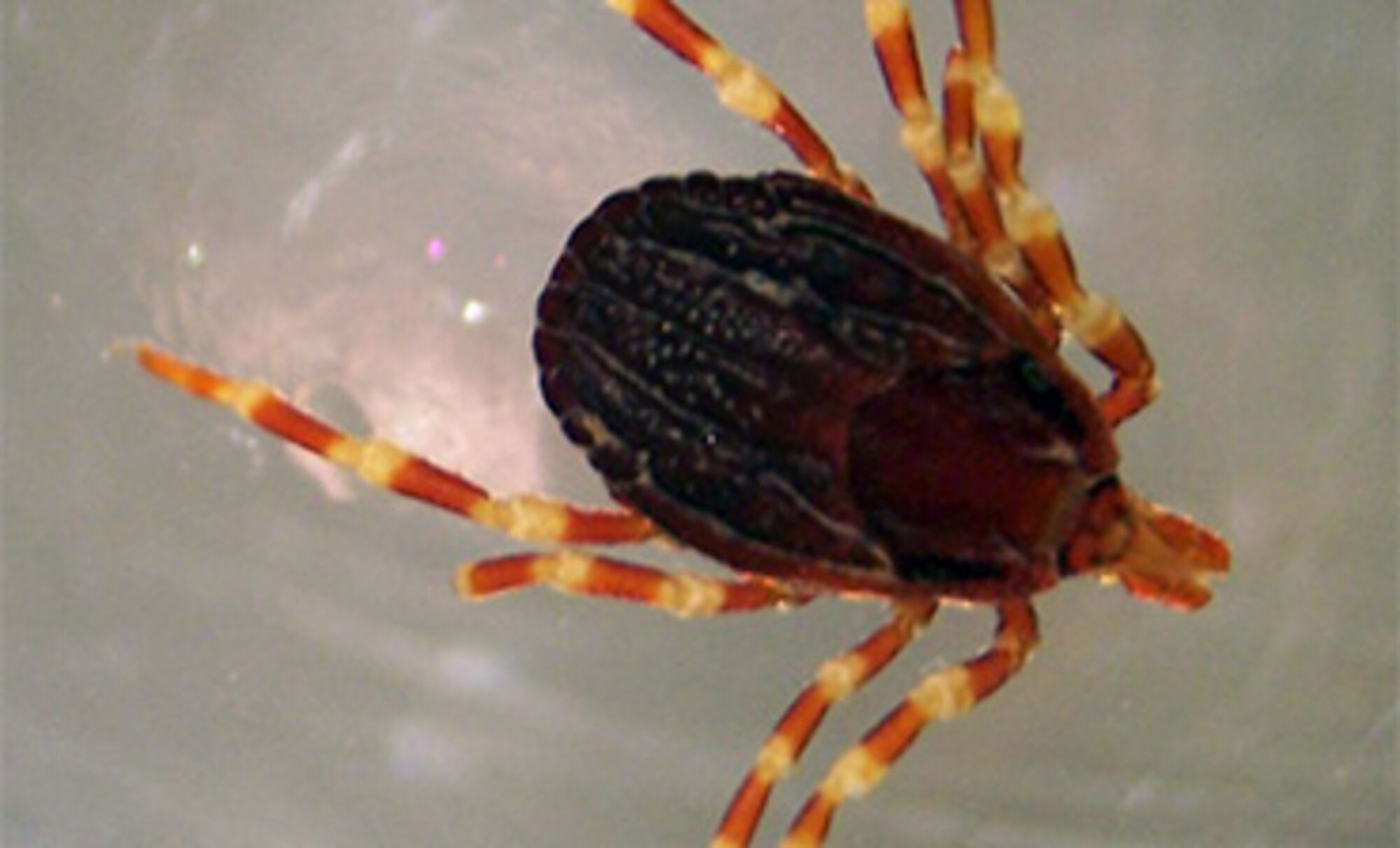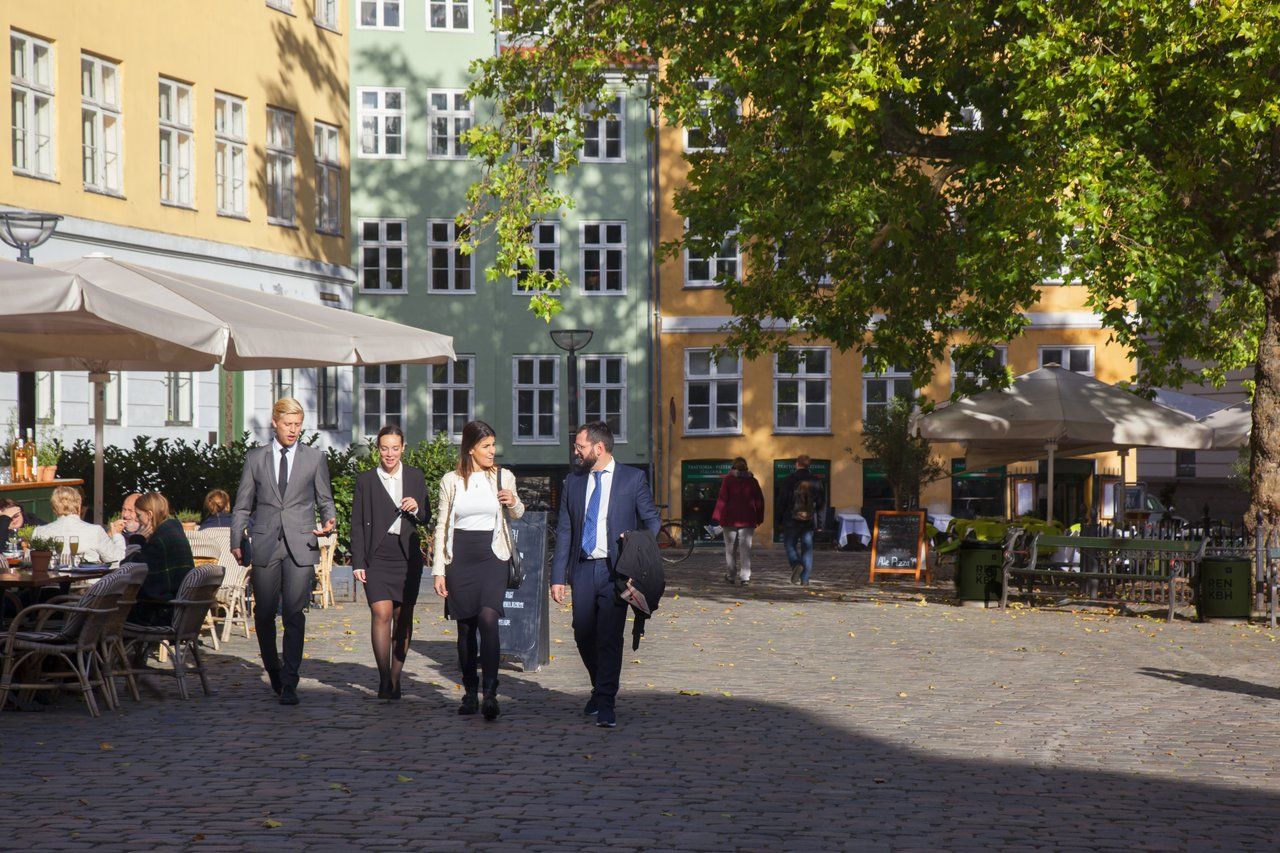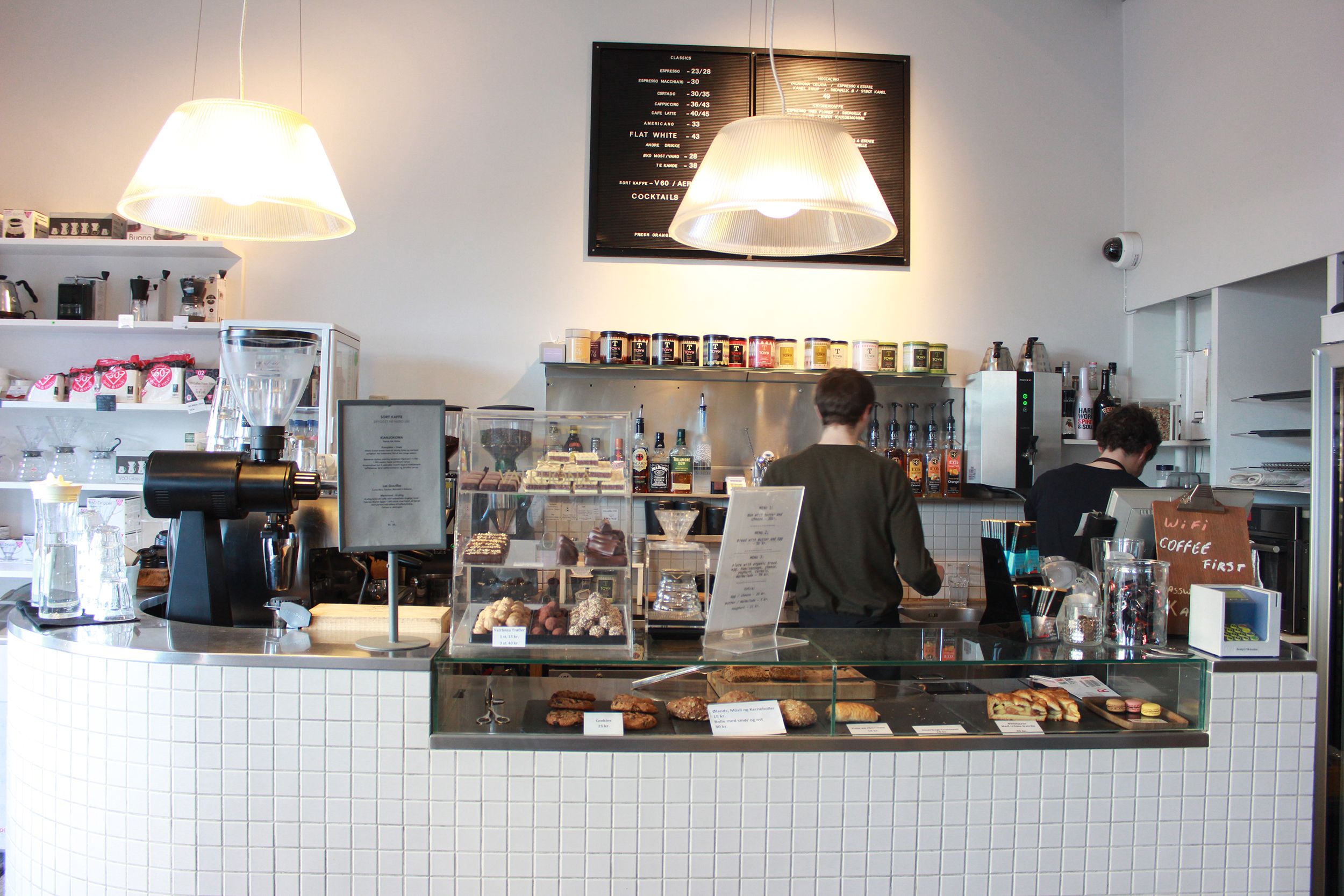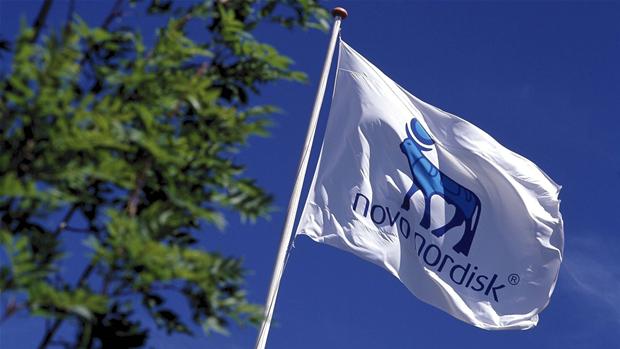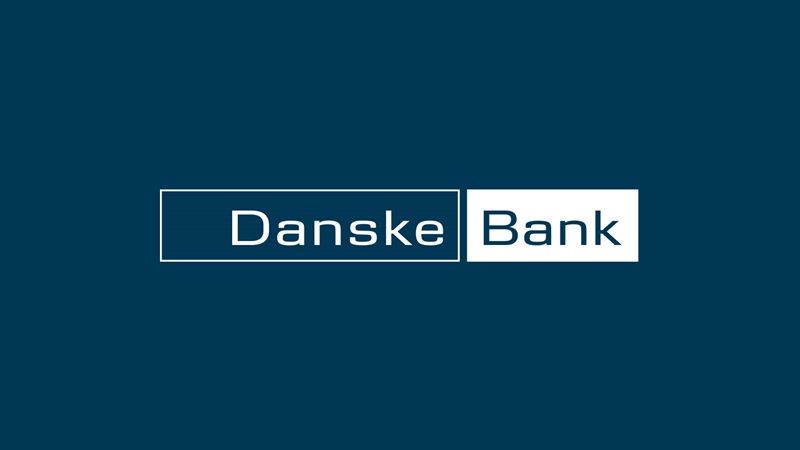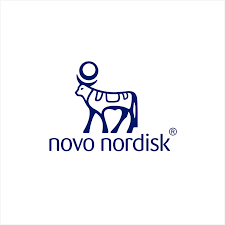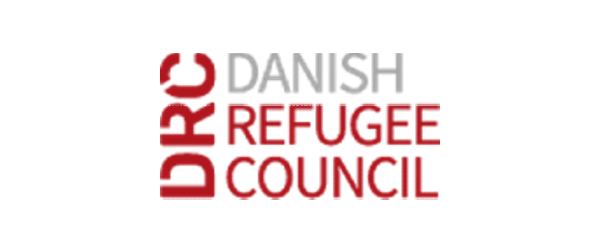In the end it was not Valdemar and Astrid – in the old Danish tradition. Nor was it Jens and Carla in the modern Danish way. Instead the Crown Prince and Princess christened the little twins with truly global names that reference Australia, France and Greenland.
The royal twins – a boy and a girl born on 8 January – were christened on Thursday at historic Holmen’s Church, in the centre of Copenhagen, where Queen Margrethe and Crown Prince Frederik were themselves christened and the Queen and Prince Henrik were married.
In the hours leading up to the christening, Danish flags flew from city buses, from bicycles and backpacks. There were more than a few Australian flags waving too – a tribute to Crown Princess Mary who is Australian-born. The new little twins are the third and fourth children of the Crown Prince and Princess.
The Royal Family’s approximately 300 guests included leaders of industry and politicians, royal cousins from Europe’s monarchies, fashion designers and Danish film stars.
But when the Crown Prince and Princess arrived with the two real stars of the day – one in each parent’s arms – the ceremony began to look much like any family christening – except perhaps for the fact that one infant wore the christening gown of King Christian X and the other wore a gown made of vintage 1940s lace.
The Crown Couple’s second oldest child, the little princess Isabella, in her simple pink dress, hopped and skipped her way into the church, and jumped up from her chair a hundred times during the vicar’s speech to pet her baby sister. Little prince Christian, befitting an heir apparent, was more serious and observant of the ceremony around him.
The faces of the grandparents on both sides – royal and commoner – beamed with proud and happy smiles.
But the big question of the day – and indeed the week – was the names. Would the twins be given proud old Danish names or modern, international names to reflect the young Royal Couple’s global flair?
Everyone – from royal commentators to experts in old Norsk – had his opinion on what the newest royals should be called. ‘Valdemar’ and ‘Knud’ were favourites for the boy. ‘Ingrid’ and ‘Astrid’ for the girl.
Copenhagen’s Lord Mayor Frank Jensen was typically diplomatic. “I think the Crown Prince and Princess will come up with something better than any of my guesses,” he said just before going into the church.
In the end the royal couple surprised them all.
The little boy was christened Vincent Frederik Minik Alexander. The little girl, who was born 26 minutes after her brother, Josephine Sophia Ivalo Mathilda.
The names Vincent and Josephine have French flair – like the twins’ paternal grandfather. While Australia has its “Waltzing Mathilda”. The twins middle names, Minik and Ivalo, are old Greenlandic names – a gracious doff of the cap to Denmark’s independent territory Greenland.
Judging from recent history, the Crown Couple’s choices for the twins’ names will soon set off a new trend in Danish baby Vincents, Josephines, Miniks and Ivalos.


